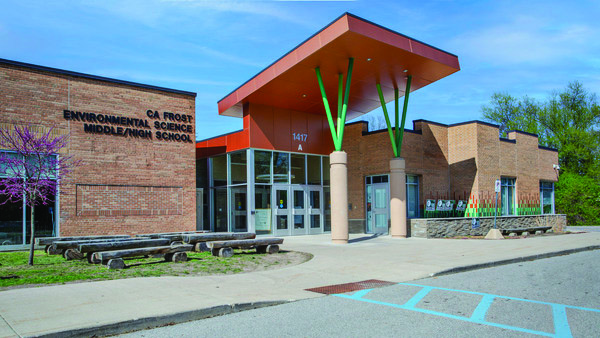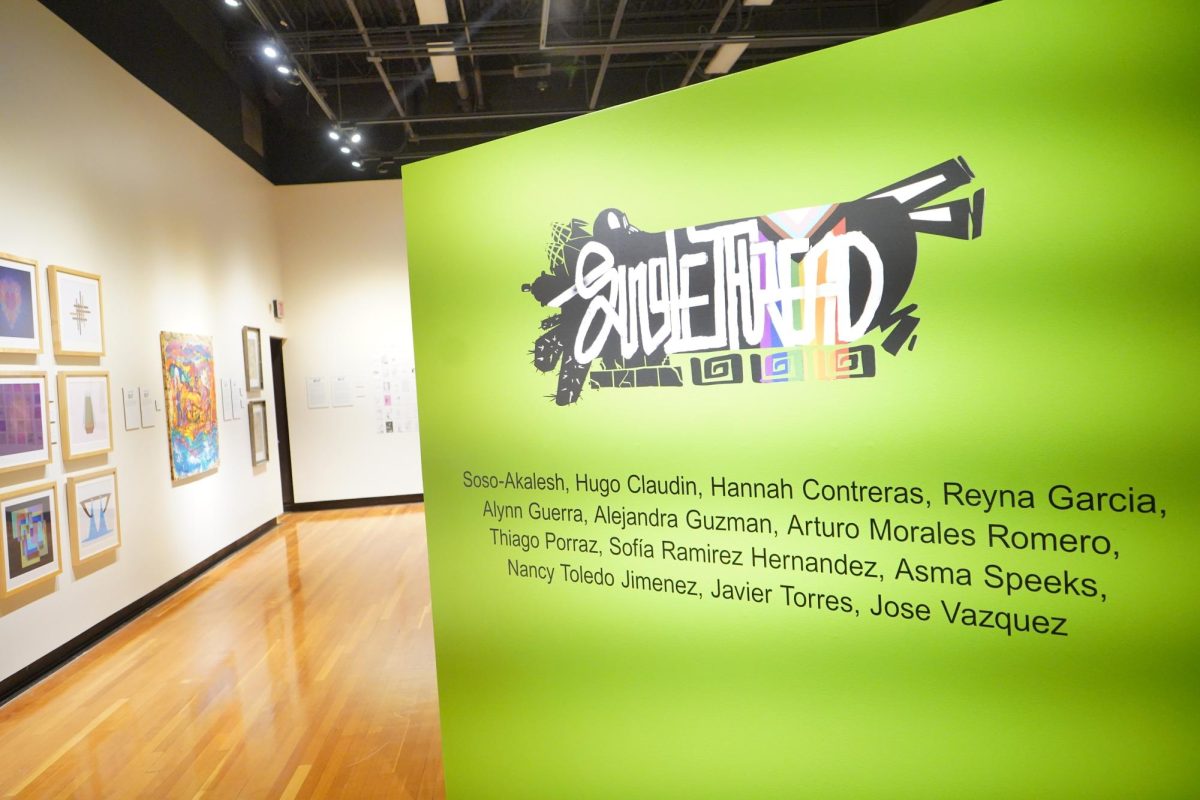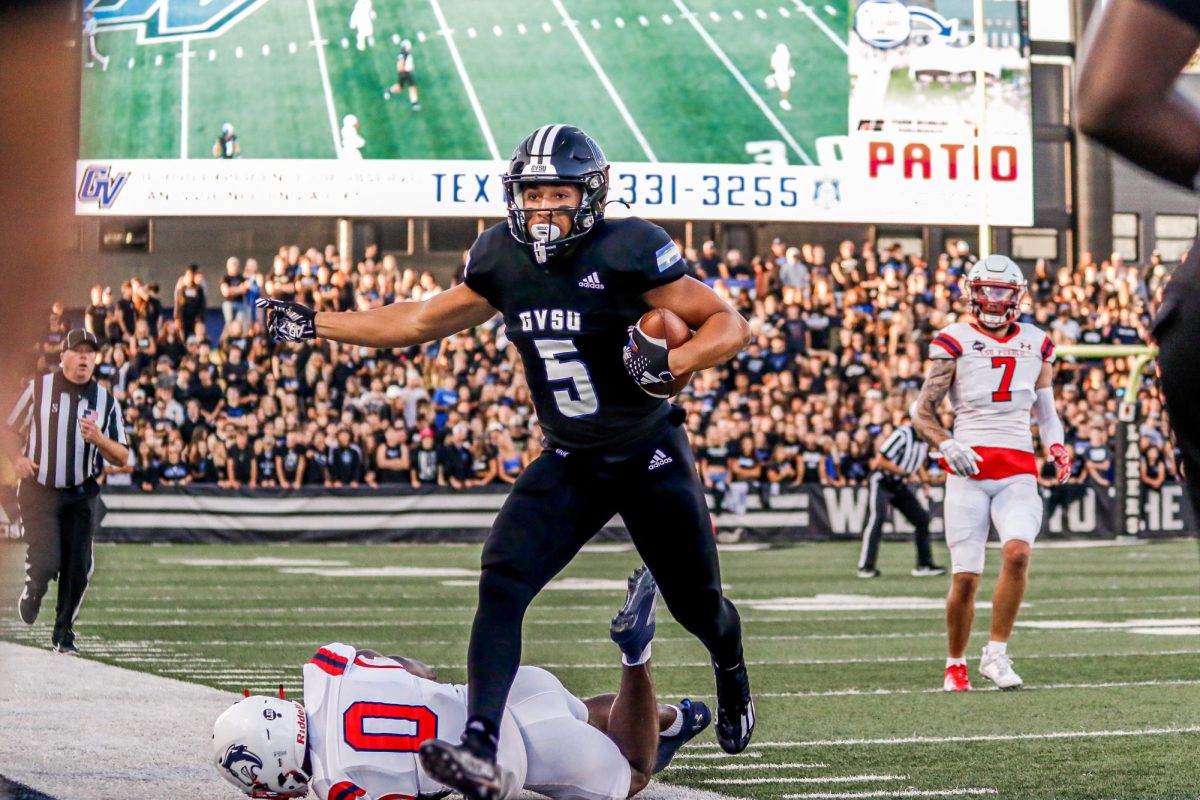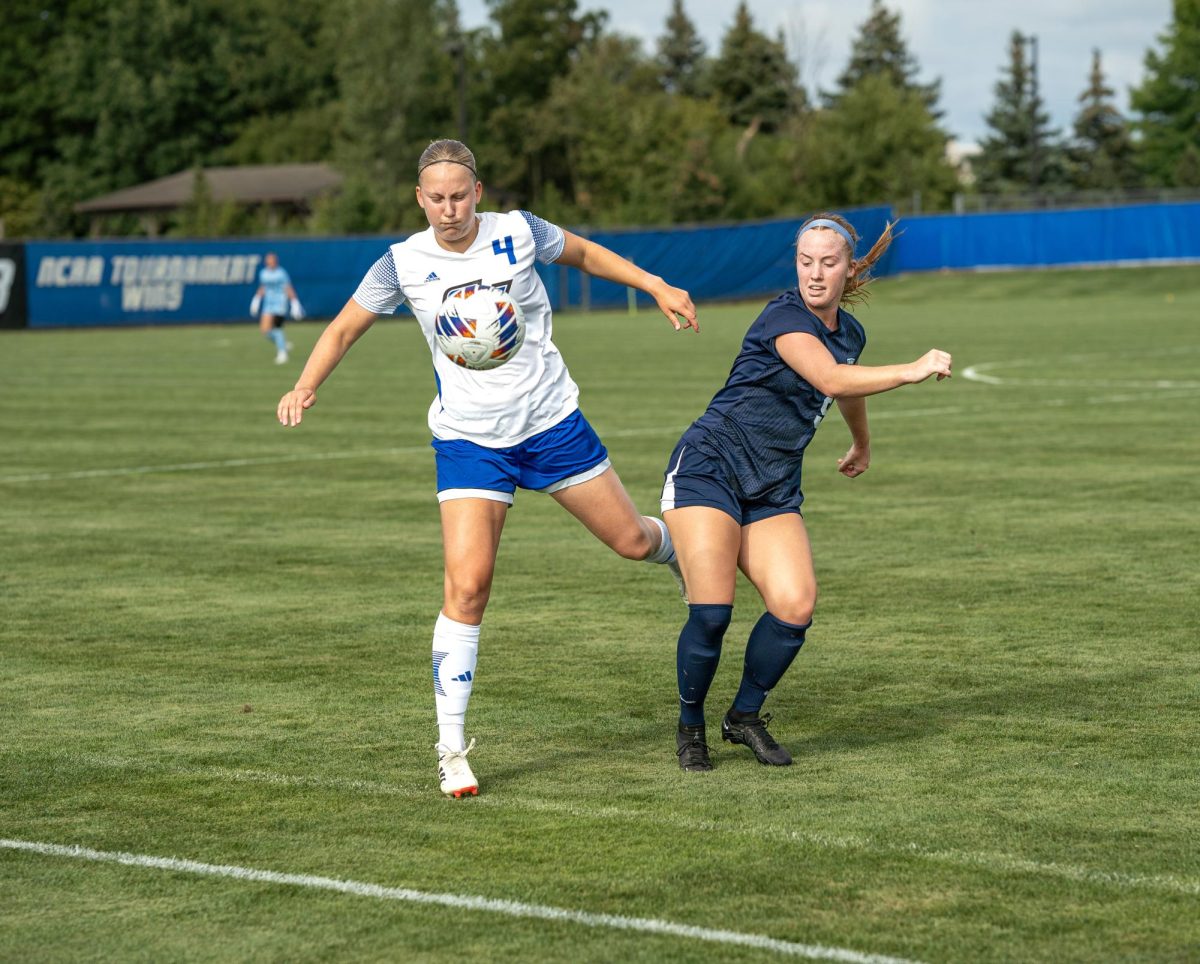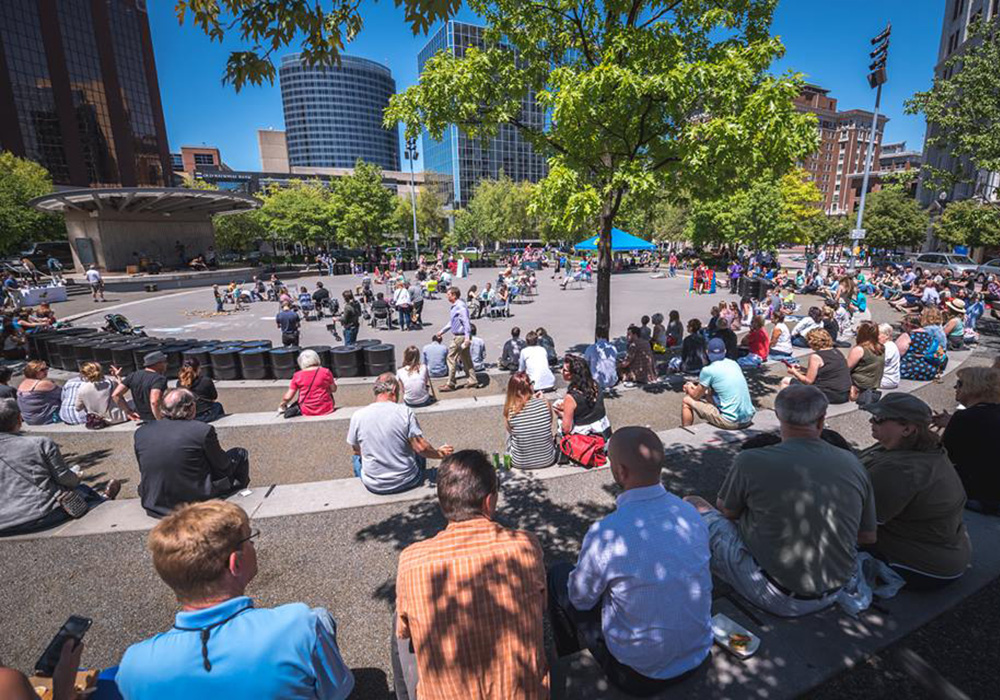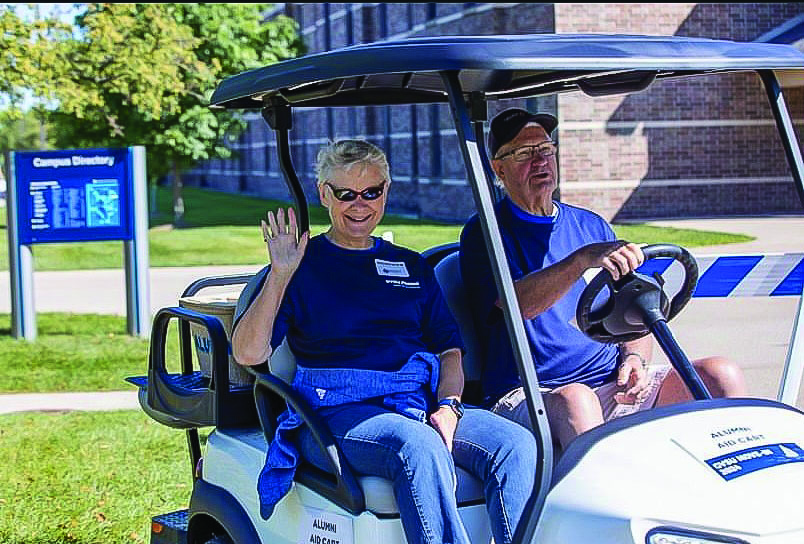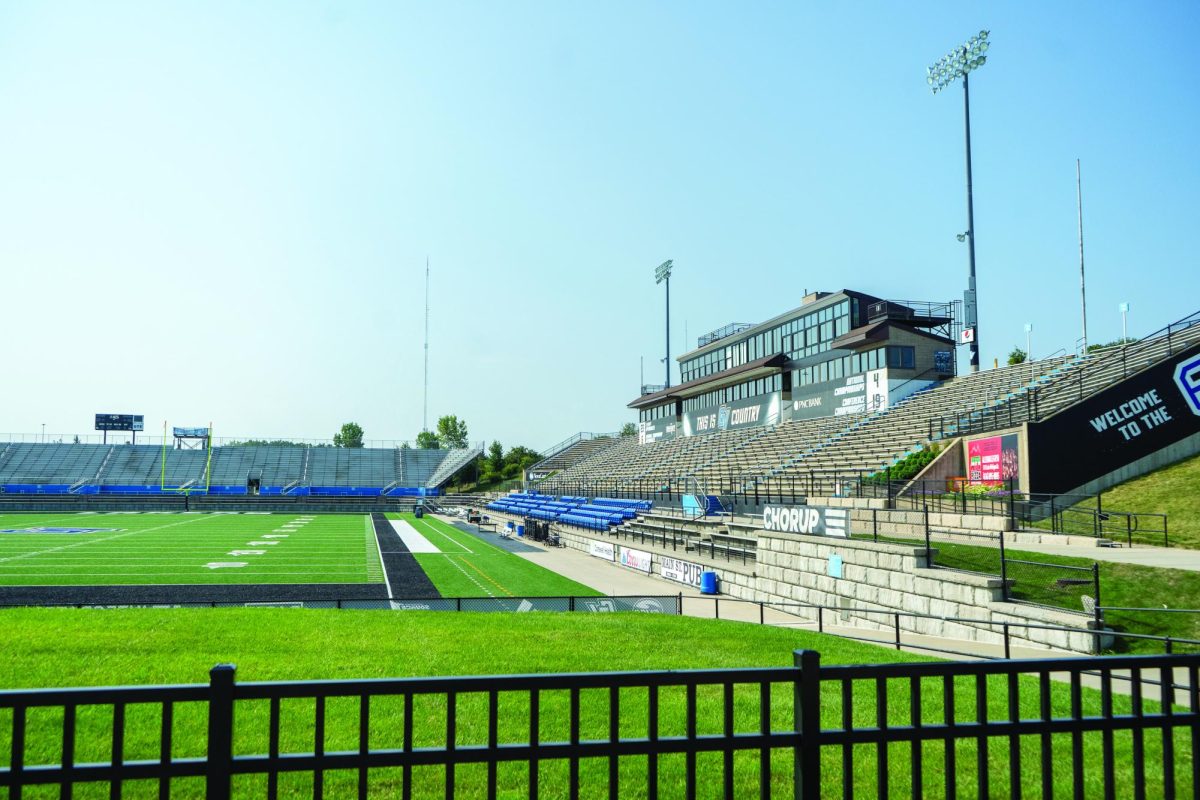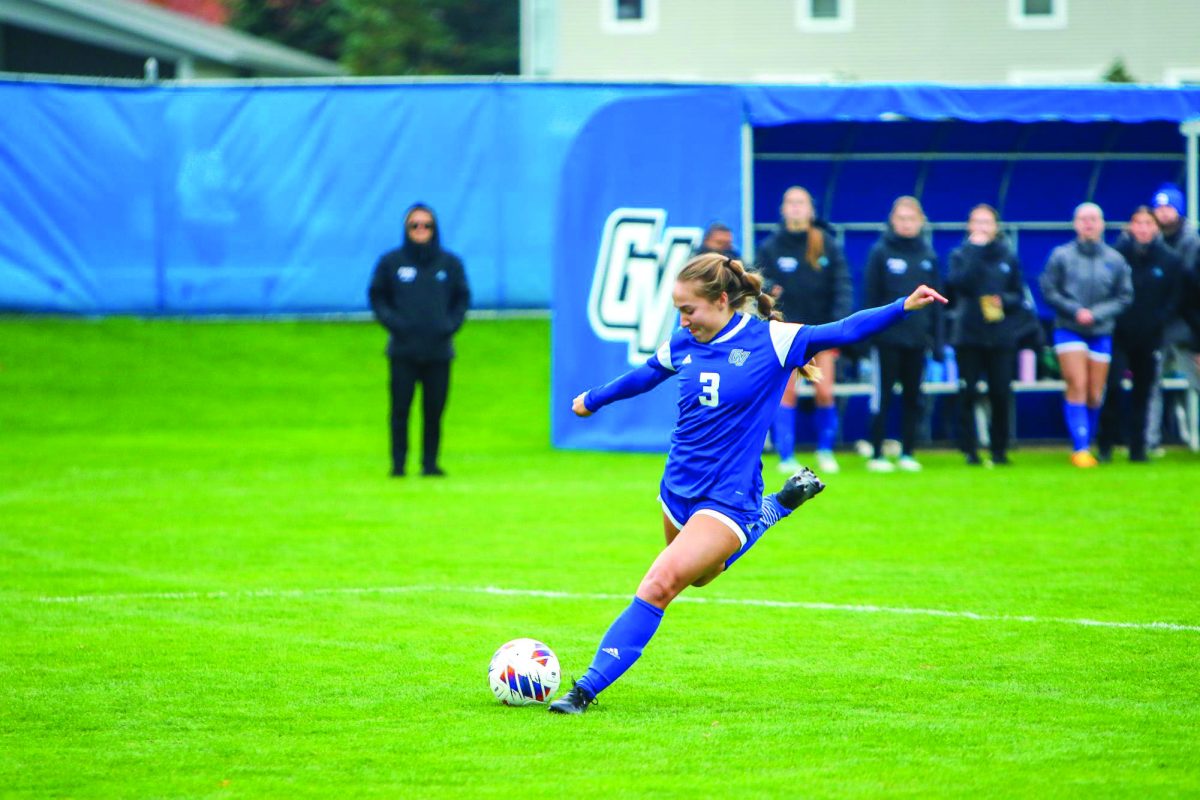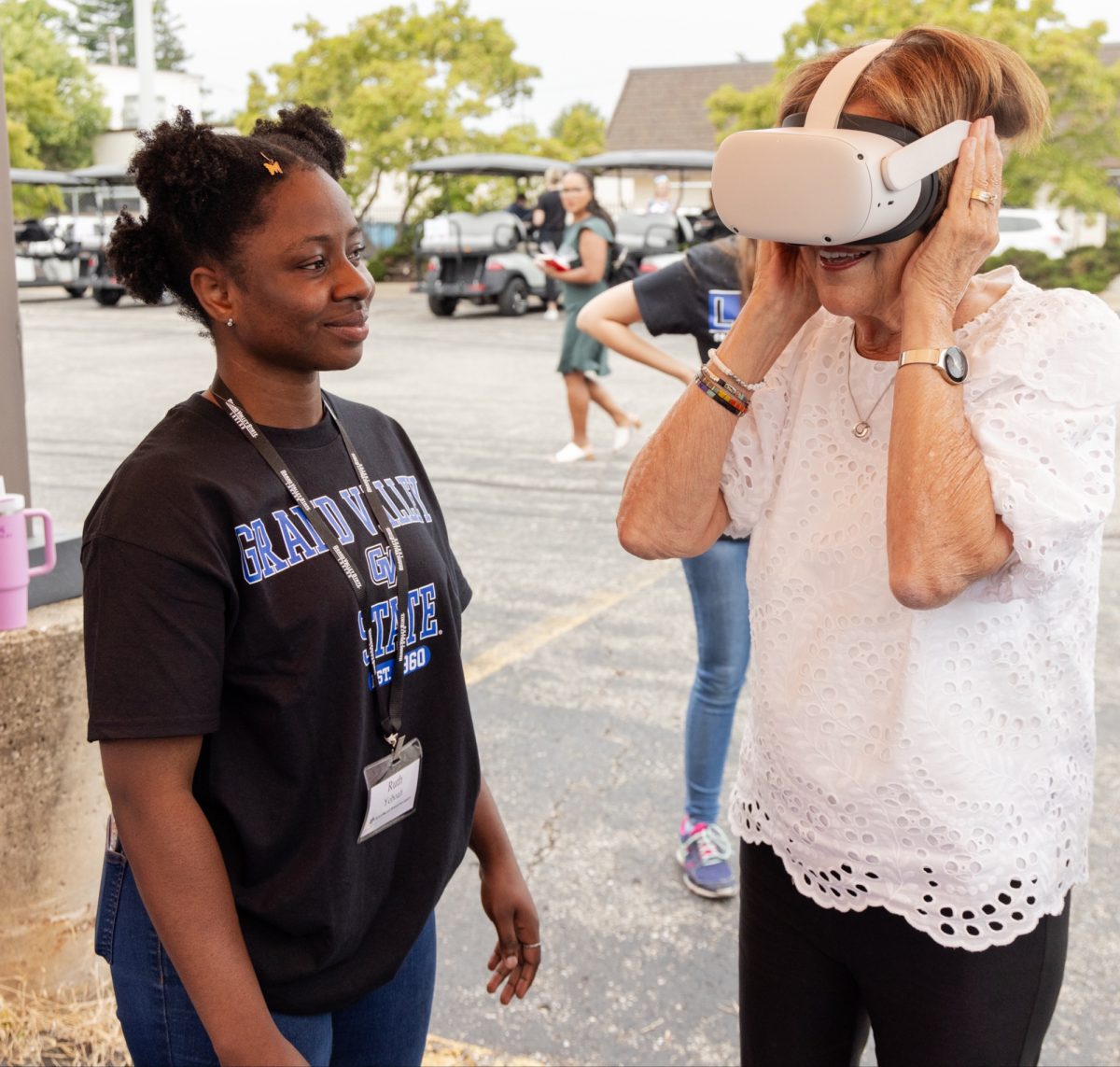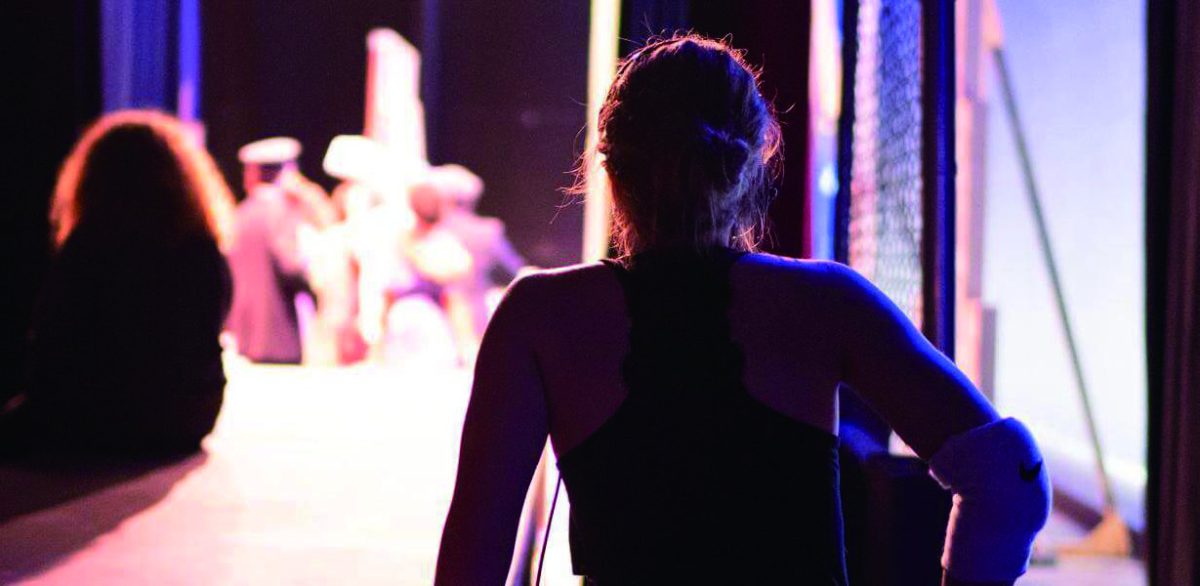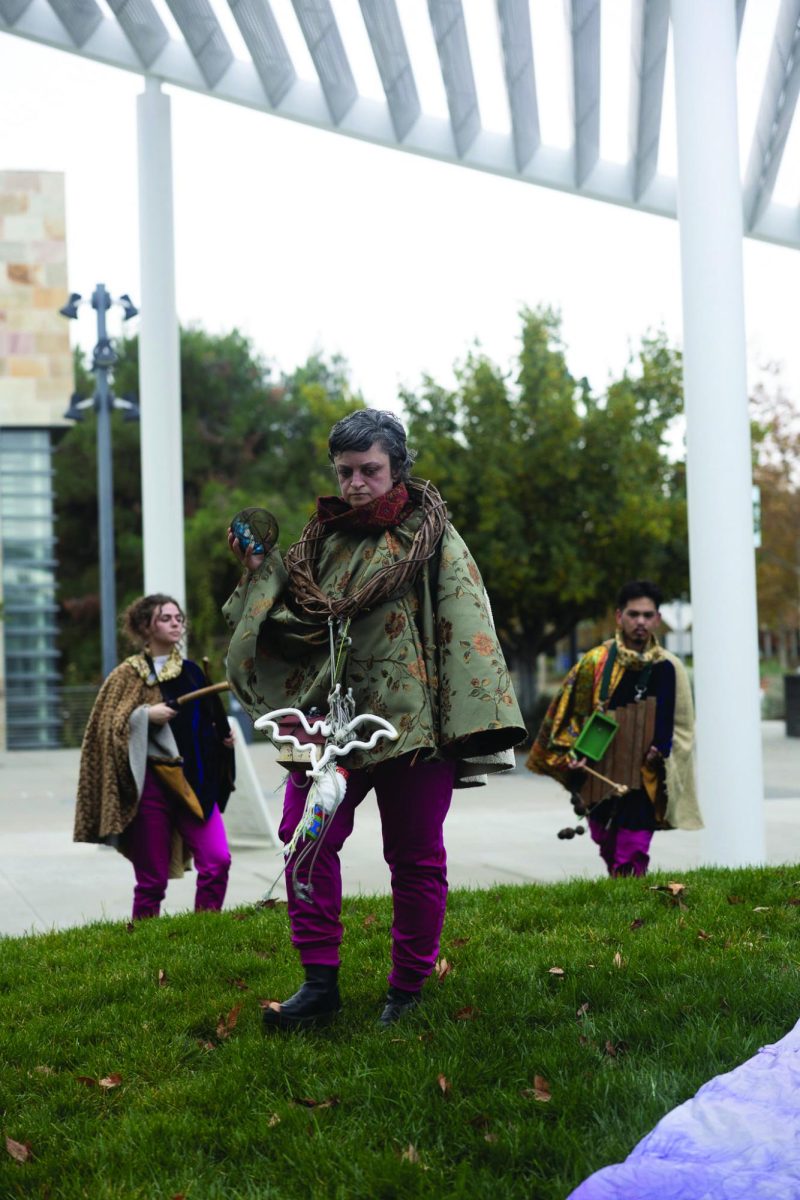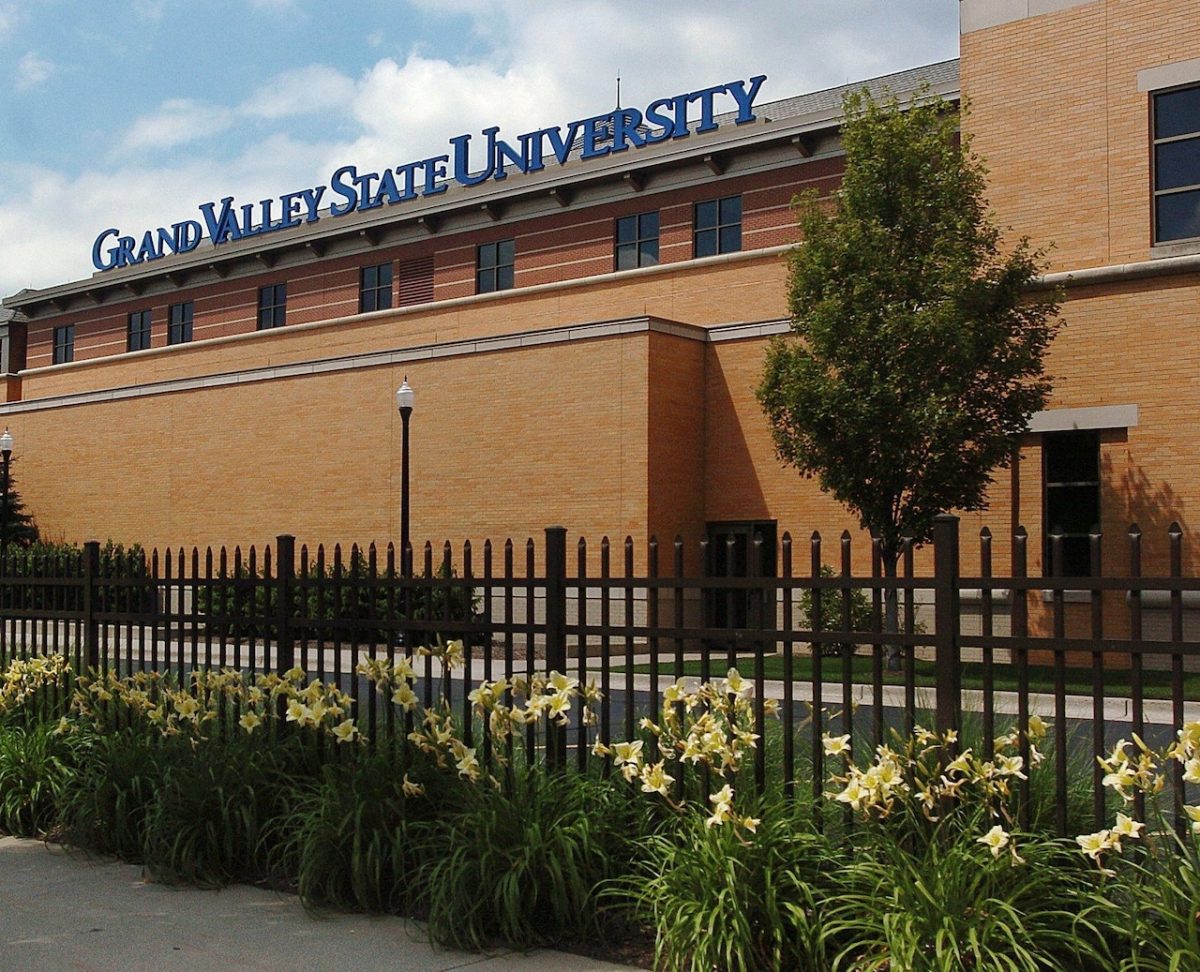Home course lends Lakers advantage at Arendsen Invitational
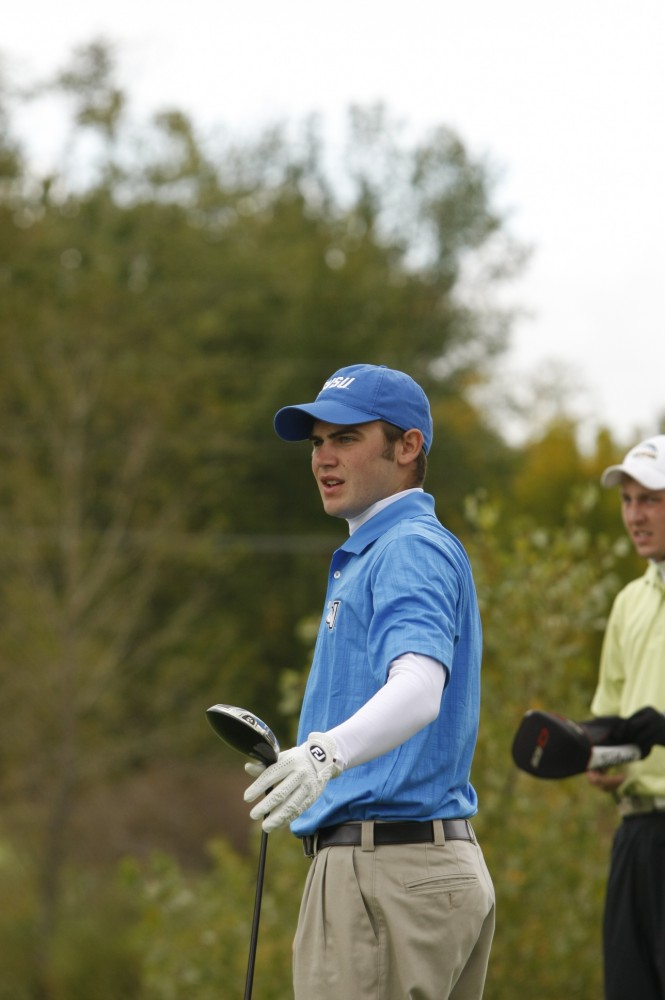
GVL / Eric Coulter Freshman Chris Cunningham watches where his ball falls after driving during the Arendsen
Sep 27, 2010
Countless sports teams have proven there are advantages to playing at home, but those alone do not guarantee victory. Even so, the Grand Valley State University men’s golf team had winning in mind going into the Arendsen Invitational tournament on Saturday and Sunday.
The Lakers finished second at the tournament, three strokes behind champion University of Findlay. Junior Nick Gunthorpe carded a four-under score of 140 to finish two strokes out of first place.
Hosted every other year at The Meadows golf course, the tournament invited representatives from GVSU and ten other schools – Ashland University, Ferris State University, University of Findlay, Grand Rapids Community College, Lake Superior State University, Northern Michigan University, Northwood University, Tiffin University, Saginaw Valley State University and Wayne State University – to navigate the course’s narrow fairways in search of a win.
The Meadows is widely recognized as a difficult golf course, a notion that sophomore golfer Chase Olsen said has not gone unnoticed by other teams.
“Talking to players from other schools, they’re not afraid to say that The Meadows is a very difficult golf course and they know that, which is going to make them a little less comfortable,” said Olsen, the 2009-10 GLIAC Freshman of the Year. “I know our guys like the fact that it’s a hard golf course and it’s our home course, so we’re going to be more comfortable on it than any other team. That’s going to definitely give us an advantage going into it.”
GVSU head coach Don Underwood said even though his players gain the benefit of playing at home, the course can challenge even those most familiar with it.
“It’s one of the more difficult golf courses we play. One thing about this golf course is – especially off the tee – that it tends to be unforgiving when you hit bad golf shots,” said Underwood, a four-time GLIAC Coach of the Year. “Some courses you can put bad swings on it off the tee and you can still find yourself in a position where you can play the rest of the hole and try to make birdie or par, and it doesn’t feel like you’re in danger of making a big score.”
While wind and other weather conditions can adversely affect a golfer’s game at The Meadows, Underwood said the tall grass surrounding the fairways presents the course’s primary obstacle.
“I think when players tend to struggle out here it’s because they hit their tee ball out of play and then they end up either having to take unplayable lies or take penalty shots, and things add up that way,” he said. “If you can keep the ball out of the tall grass off the tee, you can set yourself up to play well out here.”
Olsen said course management factored into the team’s performance at the tournament.
“With a difficult golf course, you need a good short game, and that’s going to help you keep your score down as well,” he said. “I mean, we all play there a lot so we know where to hit it and when we can be aggressive and when we need to pump the breaks a little bit.”
Ultimately, the Lakers’ biggest weapon might have been their knowledge of the course – the speed of the greens, how the ball moves, locations of bunkers and traps – an asset Underwood and Olsen agreed provided the team with a distinct advantage over their competitors, confidence.
“The more confident you are in what you are doing, the better opportunity you have to execute the shot and get a positive outcome,” Underwood said. “I think from that standpoint, that’s probably one of the biggest advantages of being at your home golf course.”



